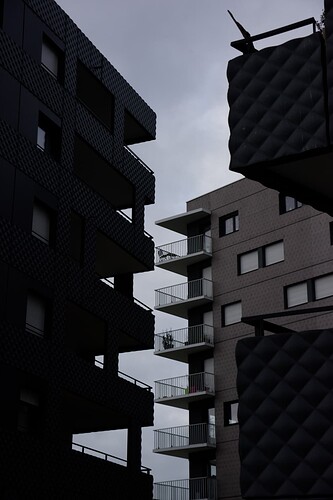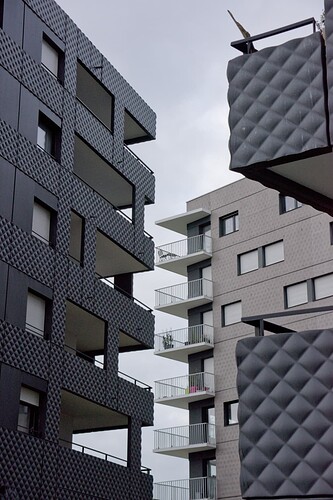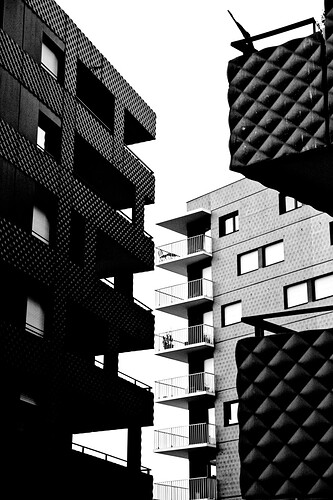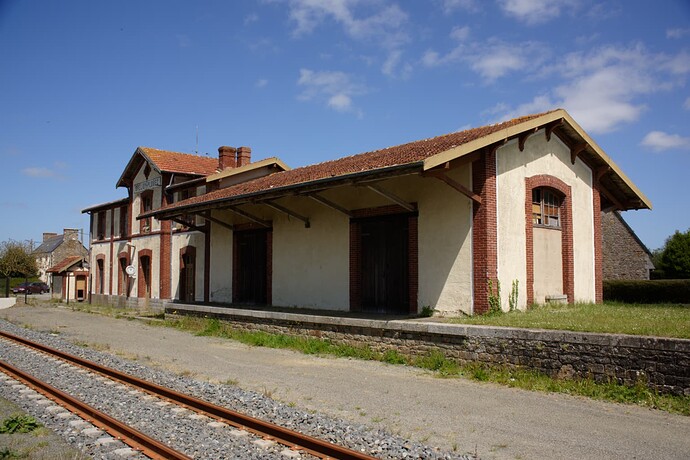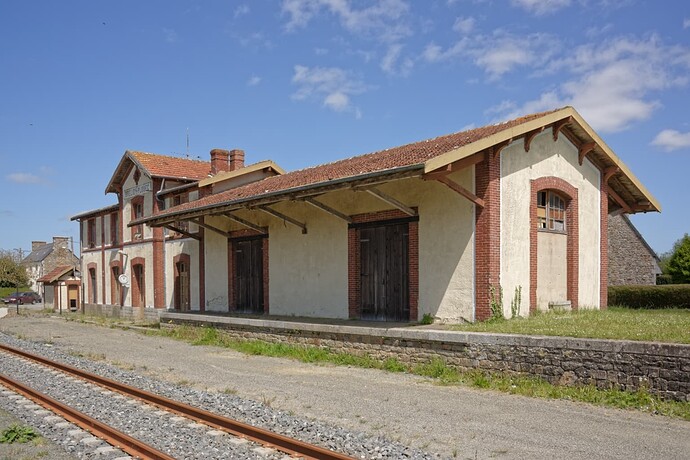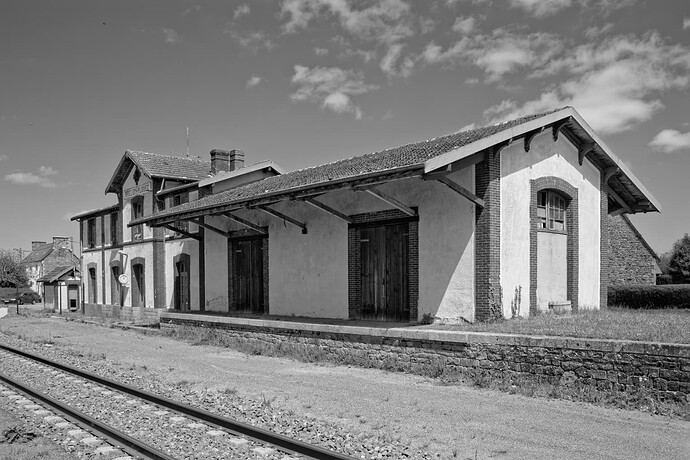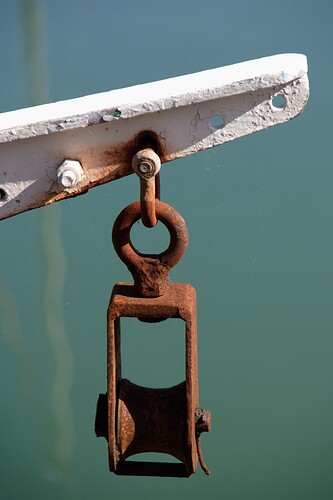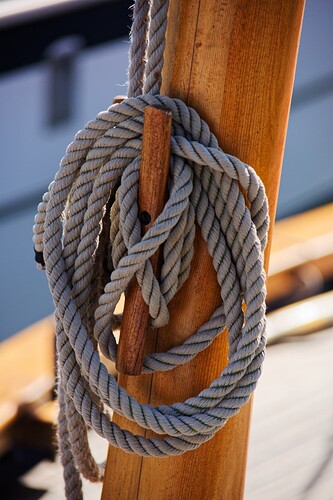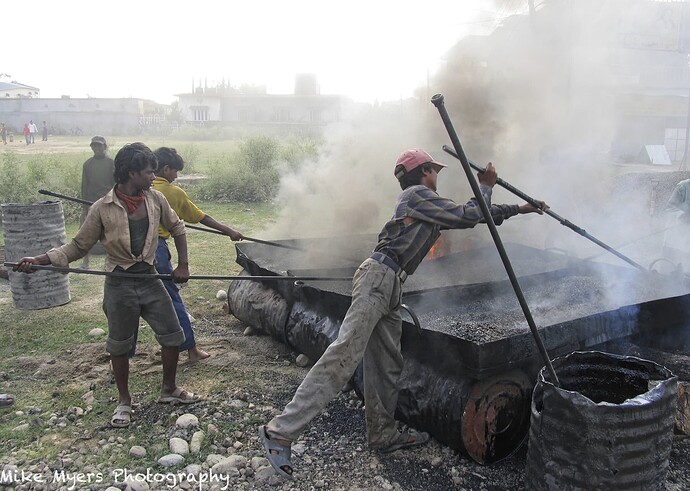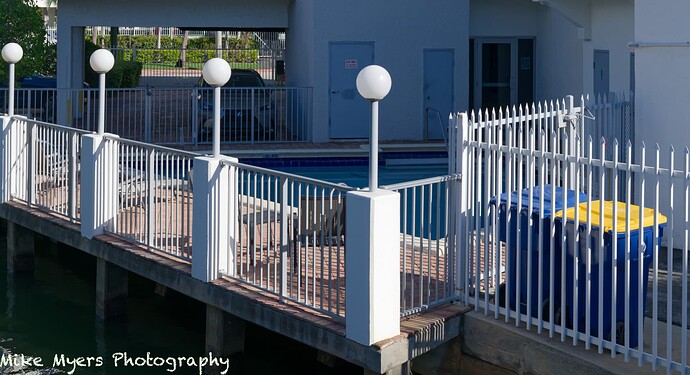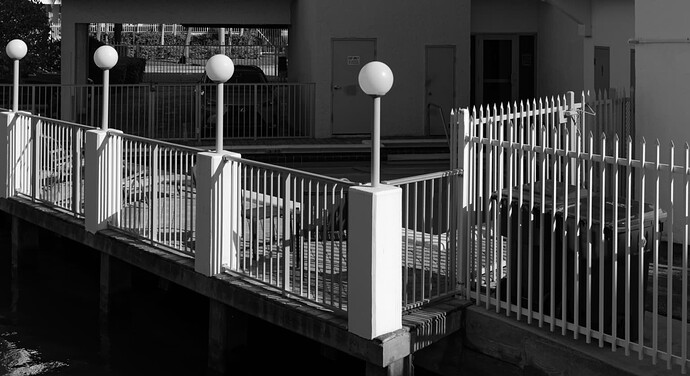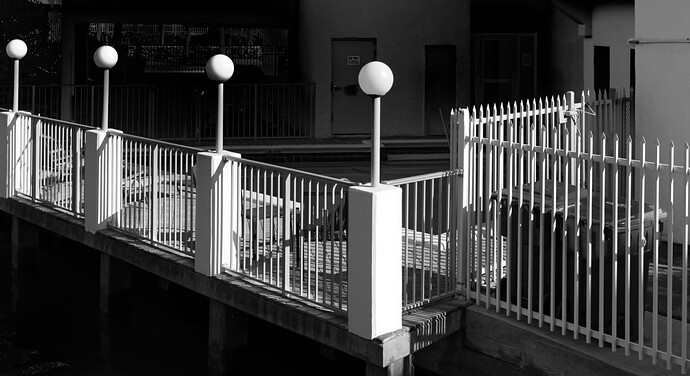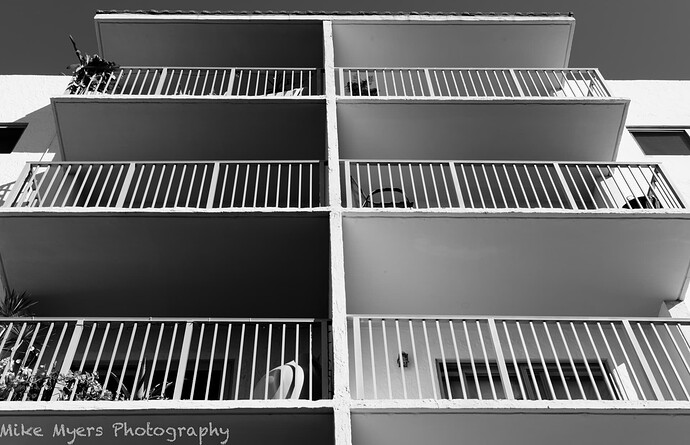I’m quite used to the D780 and M10, both of which are being used in (M)anual mode, and neither of which has auto-iso turned on. The Df is quite different, and always takes me a few minutes to re-learn. Why do I enjoy shooting with it? Because I enjoy it:
https://ricksreviews.org/blog/2022/03/13/nikon-df-review/
I have put it away as of yesterday, and probably will leave it alone for a long time.
That leaves two cameras, one of which I love (M10) and one of which is perfect (D780). The M10 has the aperture on the front, the ISO on top, the shutter speed (also on top), and has an indicator in the viewfinder if my exposure seems reasonable to me.
You feel so strongly about it that I’ll leave auto-iso turned off. Most of the time, ISO will most likely be at 100 or 400, and ignored unless necessary. Aperture will be set for depth of field. Shutter will be set for a range for what I feel is appropriate, and adjusted if necessary to get a proper exposure (unless I change the ISO first).
I mostly use either the DSLR or the rangefinder - with DSLR everything is as you say, and with the rangefinder, the lens is set on the aperture ring, and focus is manual. For distance photos, I don’t use the rangefinder, if for no other reason than I don’t have long lenses for it. Still, on special occasions, I might well use one of the other cameras. My M8.2 is the only camera I own that can shoot in infrared, and I’ve got an itch to shoot film every so often. I haven’t done so in a year, but I still want to…
Very confusing, and it’s not important really. It is what it is. I don’t see distortion in my images, and mostly use better lenses. The 24-120 I’m curious about, but again, it is what it is. PhotoLab takes care of it for most of the lenses I’m likely to use on my Nikon, and most of my lenses for my Leica are prime lenses, and are mostly free of distortion.
No, I bought a 50’ or 100’ roll of Kodak Plus-X and loaded my own cassettes. I rarely used anything else. For color, I don’t remember there being many choices, and the choice was usually Kodachrome or Ektachrome. The only times I did something different were when I wanted minima grain or very high speed, but that was pretty rare. I mostly stuck with my bulk film and loaded my own cassettes.
I don’t picture much of a difference in grain between 100, 200, 400, and 1,000, maybe not enough to worry about when our new cameras can go to 5,000, 10,000, 20,000, and so on using PhotoLab to control the grain at the higher speeds. Now that I’ve learned about “dynamic range”, that changes everything and there is a lot more to think about. If I was going to make a huge enlargement, then maybe I would need to consider this more carefully.
I know you’re right, but I can’t see any physical differences in images exposed at 100 or 500 ISO. I guess with my old cameras, that would have been a LOT more important.


